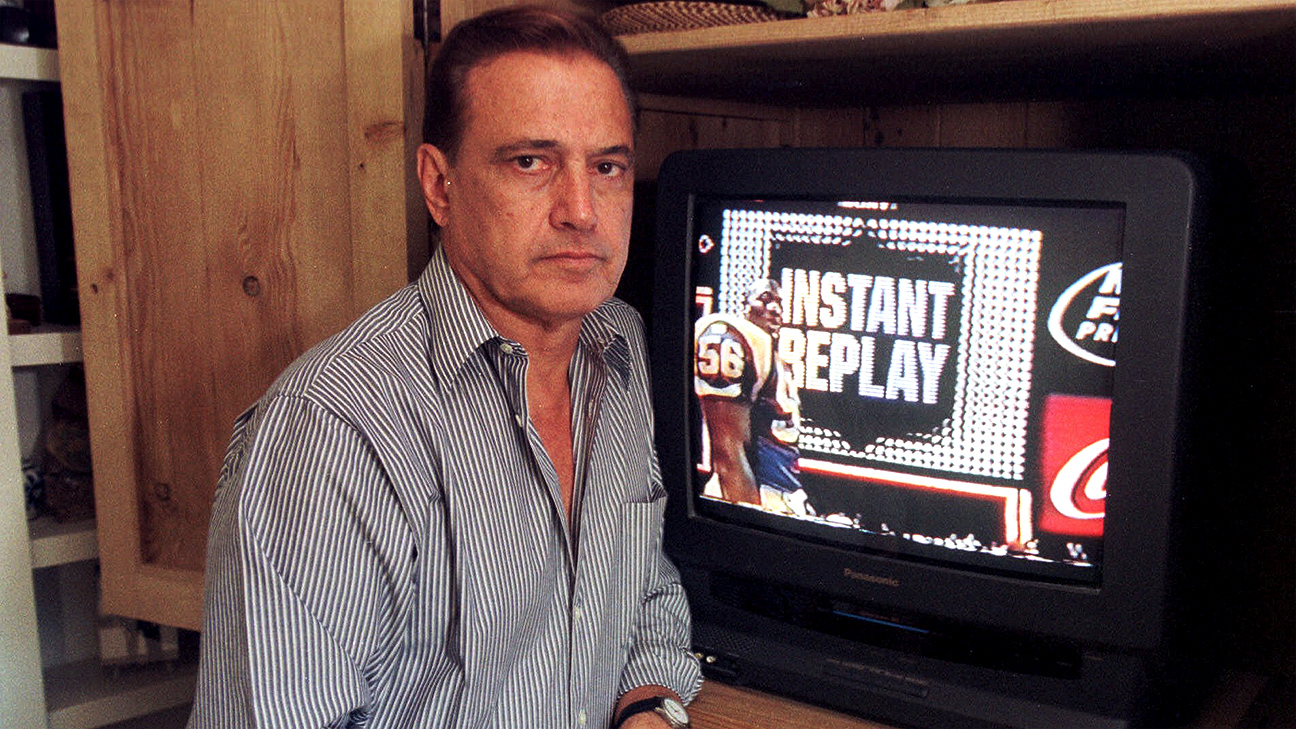Verna died Sunday at his Palm Desert home after battling acute lymphoblastic leukemia, daughter Tracy Soiseth said.
CBS used instant replay for the first time in the Dec. 7, 1963, Army-Navy football game in Philadelphia, after Verna developed a method to cue the tape to pinpoint the play he wanted to immediately air again. He said he was looking for a way to fill boring gaps between plays during a football telecast.
The concept was so new that when Army quarterback Rollie Stichweh scored a touchdown, announcer Lindsey Nelson had to warn viewers: “This is not live! Ladies and gentlemen, Army did not score again!”
Instant replay quickly became a staple of sports broadcasting, and Verna’s innovation gave fans a new way to look at the games.
“Not many things you can do in life where you can change the way things were happening before,” Verna told The Associated Press in 2008.
Verna would go on to produce or direct five Super Bowls, the Olympics, the Kentucky Derby and even the “Live Aid” concert in 1985.
His lasting legacy, though, is pulling back the curtain on sports and revealing what really goes on.
Verna is survived by his wife of 45 years, Carol, daughters Tracy Soiseth and Jenny Axelrod, son Eric Verna and three grandchildren.

ElViS has left the building.
I had the great good fortune to switch a couple of NFL games for Tony Verna in the mid seventies. One of them was a regional game that went to only a few stations and, budget wise, only rated four cameras and one slo-mo disk. It was truly amazing what he was able to do to make those three hours interesting and exciting.
it changed EVERYTHING
Verna was a pioneer of instant replay but he wasn’t the first.
WPIX-TV used instant replay in 1961 after Roger Maris home runs.
CBC first used replay in 1955 with a quick processing film system and then again in 1959 ( with tape) and kinescopes exist and you can hear Foster Hewitt warning viewers this was a replay and not live.
Major hero in my life. Rip Mr. Verna.